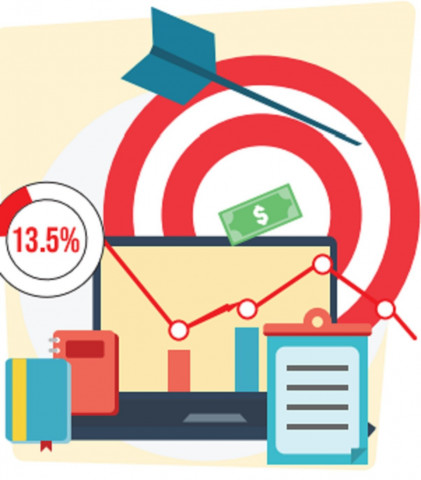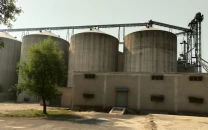Pakistan misses investment target
Ratio hits a new low at 13.5% of GDP indicating a decline in investor interest

Pakistan’s investment ratio has hit a new low of 13.5% of the economy’s size in the outgoing fiscal year, indicating a decline in investor interest due to concerns about sovereign default and uncertain taxation policies. These latest figures follow Prime Minister Shehbaz Sharif expressing his disappointment with businessmen’s growing interest in housing societies rather than investing in the productive sector of the economy.
Provisional estimates reveal that investments and savings as a percentage of Pakistan’s economy have remained below the official targets for the past fiscal year. Such low savings and investment ratios can eventually lead to an external sector crisis when the country’s growth exceeds 5%. Despite the coalition government setting a target of 14.7% investment to Gross Domestic Product (GDP) ratio, it has fallen to 13.5% based on initial estimates from the latest national accounts.
The National Accounts Committee (NAC) approved these estimates on Wednesday. The 13.5% investment-to-GDP ratio is one of the lowest in recent years and significantly below regional peers. Last year, the ratio stood at 15.6%. Speaking to business leaders in Karachi, PM Sharif expressed his dismay that businessmen have shifted their focus from enhancing exports to the real estate sector. The successive governments’ taxation and economic policies have played a significant role in diverting funds from productive sectors to the unproductive and speculative real estate sector.
Frequent changes in taxation rates and a bias towards the manufacturing sector have reduced investment in manufacturing. The failure to achieve the crucial investment target has limited the government’s ability to address deteriorating infrastructure and social sector issues using its own resources, leading to increased reliance on loans for development projects. The government’s inability to increase investment as a percentage of the national economy is a significant economic failure, indicating a lack of progress in addressing structural imbalances. Pakistan currently has one of the lowest investment and saving rates in the region and the world, hindering sustainable and inclusive economic growth.
The details reveal a decline in fixed investment as a percentage of GDP from 14% to just 11% in the past fiscal year, falling short of the target of 13%. Private investment also saw a major drop, decreasing from 10.5% to 8.8% of GDP, below the government’s target of 9.7%. Ehsan Malik, CEO of the Pakistan Business Council, representing the country’s 100 largest manufacturers, expressed concerns about a significant default risk, stating that the government should not expect new investments. Public sector investment as a percentage of GDP decreased from 3.5% to 3.1%, below the target of 3.3%.
Restrictions on outbound repatriation of profits due to solvency concerns have discouraged foreign investors, and it may take years to restore their confidence. The savings-to-GDP ratio improved from 11% to 12.4%, but it fell slightly short of the official target. The improvement was due to the government’s efforts to control imports and reduce the current account deficit. As a result, the projected current account deficit for the outgoing fiscal year is expected to be 1.1% of GDP or $3.8 billion, far better than the official target. However, questions remain about its sustainability once import controls are lifted.
With a low investment ratio, the country’s economic growth rate reached 0.3%, which has become a subject of controversy. According to the World Bank, Pakistan’s economy cannot sustainably grow more than 3.5% due to existing structural issues. This aligns with the results of the past two fiscal years, 2020- 21 and 2021-22, when Pakistan achieved 5.7% and 6% economic growth, respectively. The Ministry of Finance does not foresee any improvement in the low investment and savings ratios as a percentage of GDP. The estimated size of the national economy for the current fiscal year is $341.5 billion, down from $375.4 billion in the previous year. Official figures for investment and savings will be published in the Economic Survey of Pakistan 2022-23, scheduled to be unveiled on June 8 by Finance Minister Ishaq Dar.
The Ministry of Finance had initially planned to set the current account deficit target at $9.2 billion or 2.3% of GDP for the next fiscal year, but Dar has instructed to lower the target. Based on the external debt position from the previous year, Pakistan needs nearly $25 billion to repay principal loans and interest costs. The total external financing requirements will be determined once the government approves the current account deficit target for the next year.



















COMMENTS
Comments are moderated and generally will be posted if they are on-topic and not abusive.
For more information, please see our Comments FAQ